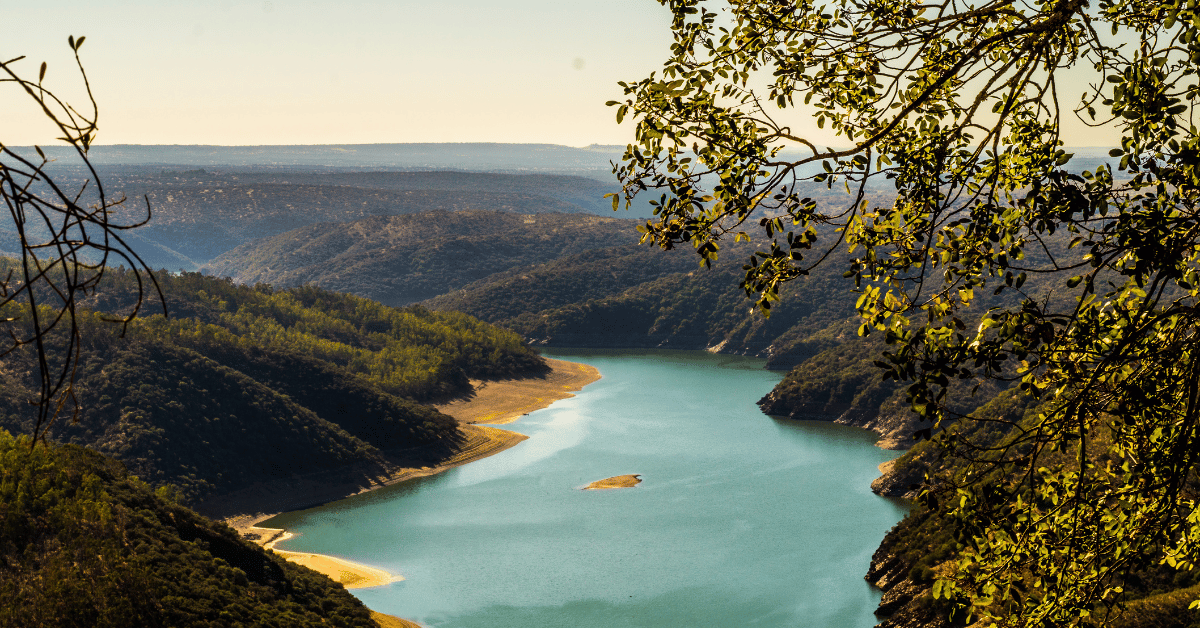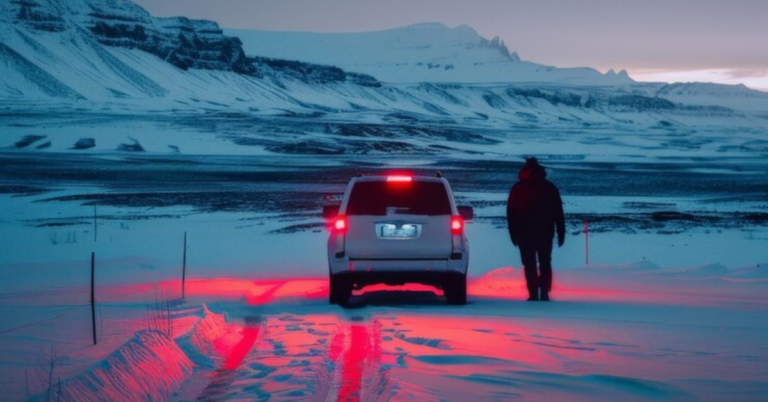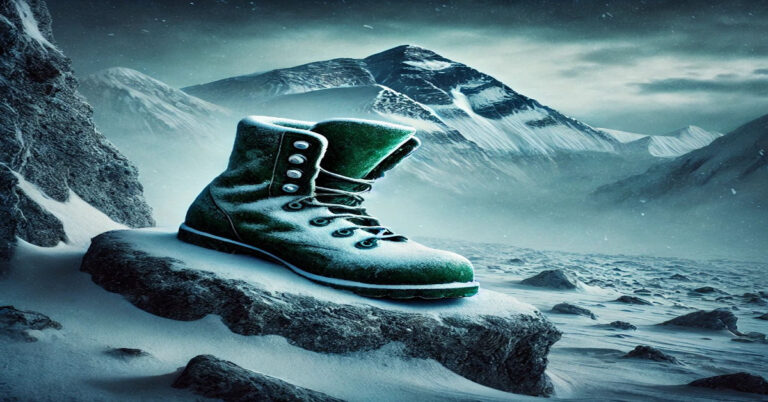Kings River California: A Complete Guide to One of the State’s Hidden Natural Wonders
If you’re searching for everything about Kings River, California—its geography, history, recreational opportunities, and ecological role—you’re in the right place. The Kings River is not just a waterway; it’s a cultural, environmental, and economic lifeline in California’s Central Valley. From its headwaters in the Sierra Nevada to its confluence with agricultural lands, the Kings River represents both natural beauty and complex water management in one of America’s most agriculturally productive regions. This article gives you a comprehensive look at Kings River, California, covering aspects that travelers, historians, environmentalists, and locals should all know.
The Geographic Anatomy of the Kings River
The Kings River is a major river in Central California, stretching about 125 miles. It originates from the Sierra Nevada Mountains, specifically from high-altitude lakes and snowpacks, before flowing westward into the San Joaquin Valley. The river’s watershed covers approximately 1,700 square miles, making it one of the larger drainage systems in California.
Kings River is composed of three primary forks:
Upper Kings River
Middle Fork Kings River
South Fork Kings River
All three forks eventually converge near Pine Flat Reservoir, which serves as a hub for flood control, irrigation, and hydroelectric power. From Pine Flat Dam, the Kings River flows into the Central Valley, where it divides into multiple irrigation canals and river channels that support local farming communities.
Historical Importance of the Kings River
Long before modern development, the Kings River region was inhabited by Native American tribes such as the Yokuts and the Monache. These communities depended on the river for fishing, hunting, and agriculture. Their cultural traditions were deeply tied to the river’s seasonal flows.
In the 1800s, Spanish explorers named the river “El Río de los Santos Reyes,” which translates to “River of the Holy Kings.” This name was later simplified to Kings River by American settlers. During the California Gold Rush, the river and its tributaries were briefly mined for gold, but unlike other rivers, Kings River was not extensively exploited for mining.
As the 20th century progressed, the Kings River became central to California’s massive agricultural expansion. Today, it irrigates thousands of acres of orchards, vineyards, and farms, supplying water to crops that are shipped across the world.
Hydrological Features and Water Management
Managing the Kings River is a balancing act between nature and necessity. The river is fed by snowmelt from the Sierra Nevada, with peak flows typically occurring in late spring and early summer. However, rainfall patterns and climate variability make its management challenging.
Pine Flat Dam is the main control point for flood regulation and water storage. Built in 1954 by the U.S. Army Corps of Engineers, it holds back the river to protect nearby cities like Fresno and Reedley from flooding. The reservoir also helps regulate irrigation supplies throughout the dry months.
In addition to Pine Flat, the Kings River Conservation District (KRCD) and the Kings River Water Association (KRWA) coordinate efforts to distribute water fairly among farmers, municipalities, and conservation initiatives.
Table: Key Data about Kings River, California
River Length
125 miles
Watershed Area
1,700 square miles
Primary Forks
Upper Kings, Middle Fork, South Fork
Main Reservoir
Pine Flat Reservoir
Dam Construction Year
1954
Primary Uses
Irrigation, Hydroelectric Power, Recreation, Flood Control
Nearby Cities
Fresno, Reedley, Sanger, Kingsburg
Ecological Importance
Supports riparian ecosystems, migratory birds, fish habitats
The Role of Kings River in California’s Agriculture
California’s Central Valley is one of the most fertile agricultural regions in the world, and the Kings River is crucial to its success. The river supplies irrigation water to approximately 1 million acres of farmland. Crops like almonds, grapes, citrus fruits, and cotton heavily depend on Kings River water.
Water from the river is distributed via an intricate network of canals and ditches managed by local water districts. Without Kings River, the agricultural landscape of Fresno, Tulare, and Kings Counties would be dramatically different.
Yet this agricultural dependence comes with challenges. Groundwater overdraft, drought conditions, and increased water demand have led to debates about how to sustainably manage the river in the face of climate change.
Recreational Activities on the Kings River
The Kings River is also a recreational paradise, especially in the sections that flow through the Sierra National Forest and Kings Canyon National Park. Visitors flock to the river for activities like:
Whitewater Rafting
The upper sections of the Kings River offer Class III and Class IV rapids, making it a popular destination for rafting enthusiasts.
Fishing
The river is home to rainbow trout, brown trout, and smallmouth bass. Fly fishing is particularly popular in the upper reaches.
Camping
Numerous campgrounds are located along the river, from primitive backcountry sites to developed campgrounds with amenities.
Hiking
Trails near the river provide access to scenic vistas, waterfalls, and wildlife viewing opportunities.
Picnicking and Swimming
In the lower, calmer sections, locals enjoy swimming holes and riverside parks for family outings.
Wildlife and Ecosystems of Kings River
The Kings River supports a variety of ecosystems, ranging from alpine environments in its upper reaches to riparian woodlands and wetlands in the valley. Key species include:
Western Pond Turtle
A threatened species found along slow-moving sections of the river.
California Golden Trout
Native to high-altitude streams feeding the river.
Bald Eagles and Ospreys
Often seen nesting near the river and fishing in its waters.
Riparian Vegetation
Willows, cottonwoods, and sycamores line the banks, stabilizing the soil and providing habitat for birds and mammals.
Fish Hatcheries
The Kings River Fisheries Management Program operates hatcheries to replenish trout populations for sport fishing while preserving native species.
Flood History and Natural Disasters
Flooding has been part of Kings River’s history for centuries. Before modern dams, massive floods would reshape the landscape, create new channels, and deposit nutrient-rich sediment across the valley.
The 1955 flood was one of the worst in recorded history, leading to extensive damage in nearby communities. Since then, Pine Flat Dam has significantly reduced flood risks, although extreme weather events still pose challenges.
Climate change introduces new uncertainties. With snowpack levels becoming less predictable and rainfall patterns shifting, managing flood risks and ensuring water supply reliability is more complicated than ever.
Conservation Efforts and Environmental Challenges
The Kings River faces multiple environmental challenges:
Groundwater Depletion
Farmers often rely on both river water and groundwater. Excessive pumping has led to subsidence (the sinking of land) in some areas.
Habitat Loss
Agricultural expansion has reduced the size of natural riparian habitats.
Water Quality Issues
Pesticide runoff and nutrient pollution can affect water quality, impacting both humans and wildlife.
To address these concerns, multiple conservation initiatives are in place:
Kings River Fisheries Management Program
Focused on improving fish habitats and maintaining sport fishing opportunities.
Kings River Conservation District
Monitors water use, promotes groundwater recharge projects, and coordinates with local farmers on sustainable practices.
Wetland Restoration
Several projects aim to restore seasonal wetlands along the river, benefiting migratory birds and other wildlife.
Climate Change and the Future of Kings River
Climate change is altering how the Kings River behaves. Warmer temperatures mean more precipitation falls as rain instead of snow, reducing the Sierra Nevada snowpack that feeds the river. This shift can lead to:
Earlier Snowmelt
Causing higher river flows in spring but lower flows in late summer when irrigation is needed most.
Increased Flood Risks
Heavier rain events increase the risk of flash floods.
Reduced Water Supply Reliability
Farmers and water managers face growing uncertainties about how much water will be available each year.
Adapting to these changes involves a mix of traditional and innovative strategies. Water agencies are experimenting with groundwater recharge basins, improved forecasting models, and modernized irrigation techniques to make better use of limited water resources.
Cultural and Community Significance
The Kings River is more than a water source; it’s part of the cultural fabric of the Central Valley. Community events, local traditions, and outdoor recreation revolve around the river.
Annual river clean-up days bring together residents, students, and local organizations to keep the riverbanks free of litter. Schools conduct field trips to learn about ecology and conservation, fostering a new generation of environmental stewards.
Local folklore is also rich with Kings River stories—tales of giant trout, gold prospectors, and indigenous legends about the river’s spiritual significance.
Exploring Kings Canyon National Park
One of the highlights of the Kings River watershed is Kings Canyon National Park. Established in 1940, the park protects the upper reaches of the river and its surrounding wilderness. The canyon itself is one of the deepest in North America, rivaling even the Grand Canyon in depth.
Visitors to Kings Canyon can experience:
Roadside Scenic Drives
Such as the Kings Canyon Scenic Byway, which follows the river into the heart of the park.
Backcountry Adventures
Overnight hikes into remote sections of the Sierra Nevada where the Kings River starts its journey.
Wildlife Watching
Black bears, mule deer, and numerous bird species thrive in the park’s diverse habitats.
Educational and Research Opportunities
Universities and research institutions often use the Kings River as a living laboratory. Studies focus on:
Hydrology
Understanding how snowmelt and rainfall affect river flow.
Ecology
Documenting the relationships between species in riparian environments.
Climate Science
Measuring long-term changes in temperature, precipitation, and water availability.
Community engagement with science is also growing. Citizen science programs allow locals to help monitor fish populations, report invasive species, and contribute to conservation efforts.
Final Thoughts: Why Kings River Matters
The Kings River is not as famous as the Colorado River or the Sacramento River, but it is equally significant in its own way. It sustains agriculture, provides recreation, supports wildlife, and serves as a living link to California’s natural and cultural heritage.
Its future will depend on how well we balance the demands of farming, recreation, conservation, and climate adaptation. The Kings River teaches us that water is not just a resource—it’s a relationship. How we manage this river reflects broader questions about sustainability, community, and resilience in California.
For anyone looking to understand the intricate connections between water, land, and life in California, the Kings River is an essential starting point.
Read More: https://2amagazine.co/roofing-cop/
FAQs
What is the Kings River known for?
The Kings River is known for its scenic beauty, whitewater rafting, trout fishing, and vital role in California agriculture. It also supports diverse ecosystems and offers recreational opportunities like camping, hiking, and wildlife viewing.
Where does the Kings River start and end?
The Kings River starts in the Sierra Nevada Mountains, mainly from snowmelt and high-altitude streams. It flows west into the Central Valley, where it spreads into irrigation canals and eventually dissipates into agricultural lands without reaching the ocean.
Is Kings River good for fishing?
Yes, Kings River is a popular fishing destination. Anglers catch rainbow trout, brown trout, and bass, especially in the upper river sections near Pine Flat Reservoir and in Kings Canyon National Park.
Can you swim in Kings River?
In calmer sections of the river, especially downstream from Pine Flat Dam, swimming is allowed and popular during summer. However, caution is advised because some areas have strong currents or cold water from snowmelt.
Is there whitewater rafting on the Kings River?
Yes, whitewater rafting is one of the most exciting activities on the Kings River. The upper stretches offer Class III and IV rapids, making it suitable for experienced rafters and guided tours.







